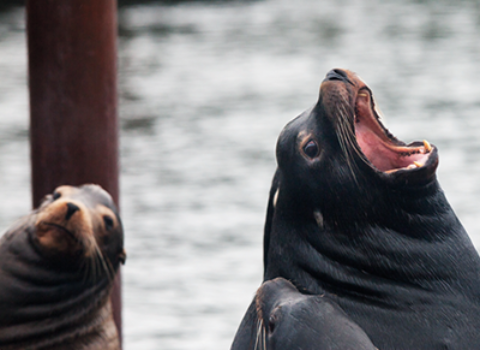Published in the October 1987 issue of Harper’s Magazine, “We Do Abortions Here” is a reflection on the experience of working as a registered nurse in an abortion clinic. The full article is free to read at Harpers.org through August 10. Subscribe to Harper’s Magazine for access to our entire 165-year archive.
[Lede]
From an MSNBC report, published August 7, 2015, on Wisconsin governor Scott Walker’s performance in the Republican party’s first primary debate of the 2016 presidential election.
Wisconsin Gov. Scott Walker, a front-runner in Thursday night’s GOP debate, said he has “always been pro-life” and would not allow for exceptions to an abortion ban for women whose lives are at risk.
“Well I’m pro-life,” the Republican candidate said. “I’ve always been pro-life. I’ve got a position that’s consistent with many Americans out there in that I believe that that is an unborn child that’s in need of protection out there. And I’ve said many times that that unborn child can be protected and there are many alternatives that would protect the life of the mother.”
Moderator Megyn Kelly had asked Walker: “would you really let a mother die rather than have an abortion?”
Walker did not expand on what the “many alternatives” are that would protect pregnant women seeking an abortion because of medical reasons.
We do abortions here; that is all we do. There are weary, grim moments when I think I cannot bear another basin of bloody remains, utter another kind phrase of reassurance. So I leave the procedure room in the back and reach for a new chart. Soon I am talking to an eighteen-year-old woman pregnant for the fourth time. I push up her sleeve to check her blood pressure and find row upon row of needle marks, neat and parallel and discolored. She has been so hungry for her drug for so long that she has taken to using the loose skin of her upper arms; her elbows are already a permanent ruin of bruises. She is surprised to find herself nearly four months pregnant. I suspect she is often surprised, in a mild way, by the blows she is dealt. I prepare myself for another basin, another brief and chafing loss.
“How can you stand it?” Even the clients ask: They see the machine, the strange instruments, the blood, the final stroke that wipes away the promise of pregnancy. Sometimes I see that too: I watch a woman’s swollen abdomen sink to softness in a few stuttering moments and my own belly flip-flops with sorrow. But all it takes for me to catch my breath is another interview, one more story that sounds so much like the last one. There is a numbing sameness lurking in this job: the same questions, the same answers, even the same trembling tone in the voices. The worst is the sameness of human failure, of inadequacy in the face of each day’s dull demands.
In describing this work, I find it difficult to explain how much I enjoy it most of the time. We laugh a lot here, as friends and as professional peers. It’s nice to be with women all day. I like the sudden, transient bonds I forge with some clients: moments when I am in my strength, remembering weakness, and a woman in weakness reaches out for my strength. What I offer is not power, but solidness, offered almost eagerly. Certain clients waken in me every tender urge I have—others make me wince and bite my tongue. Both challenge me to find a balance. It is a sweet brutality we practice here, a stark and loving dispassion.
I look at abortion as if I am standing on a cliff with a telescope, gazing at some great vista. I can sweep the horizon with both eyes, survey the scene in all its distance and size. Or I can put my eye to the lens and focus on the small details, suddenly so close. In abortion the absolute must always be tempered by the contextual, because both are real, both valid; both hard. How can we do this? How can we refuse? Each abortion is a measure of our failure to protect, to nourish our own. Each basin I empty is a promise—but a promise broken a long time ago.
I grew up on the great promise of birth control. Like many Women my age, I took the pill as soon as I was sexually active. To risk pregnancy when it was so easy to avoid seemed stupid, and my contraceptive success, as it were, was part of the promise of social enlightenment. But birth control fails, far more frequently than laboratory trials predict. Many of our clients take the pill; its failure to protect them is a shocking realization. We have clients who have been sterilized, whose husbands have had vasectomies; each one is a statistical misfit, fine print come to life. The anger and shame of these women I hold in one hand, and the basin in the other. The distance between the two, the length I pace and try to measure, is the the size of an abortion.
Read the full article here.









































































































